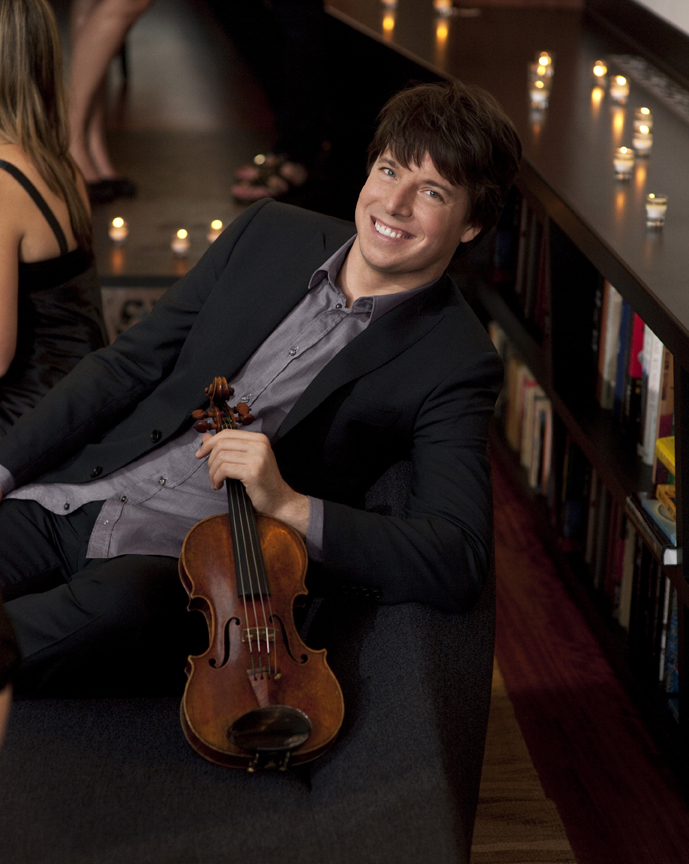The Oberlin Orchestra sounded polished and impressive in their Carnegie Hall Concert on January 19th. The music was challenging, including Ravel’s “La Valse” and Stravinsky’s “Firebird” (1919), and the young players rose to the occasion, sounding highly professional–especially in the execution of complex rhythms. The percussion nailed those complexities with ease and solidity of sound, the brass and winds were expressive and noble–even during tricky sections, and the strings were clear and energetic at all times. In Ravel’s “La Valse”, for example, the violins employed every bow stroke, vibrato and portamento with precision and unity.
One could quibble with the lack of sheer tonal strength in the strings, but this may have been due to the brass and percussion overpowering them at times. Or it may have been due to the inferior quality of some of the string instruments (after all, not every student can afford something top-notch yet). Here is something a little esoteric: the influence of the major orchestra in town could enter the attitudes of the major conservatory in town. In other words, it may be that the sound of the pristine, elegant Cleveland Orchestra is in the air.The Oberlin Orchestra in many ways sounded like a young Cleveland Orchestra: polished and elegant, but not necessarily powerfully robust–and that is not a negative, but simply a tradmark characteristic. Conductor Raphael Jimenez did a wonderful job of balancing the sections of the Ravel and Stravinsky, and bringing out the various colors in Christopher Rouse’s “Iscariot”, a dissonant work reminiscent of Ives, from 1989. All these works require an excellent navigator for the heavy orchestration, and Jimenez made these textures transparent. He also deserves credit for preparing the ensemble so well. Most of these young musicians have never played in Carnegie Hall, and any nerves were tempered by Jimenez’s controlled, collected podium style. That said, Jimenez might have allowed for more abandonment and chaos in certain sections of the Ravel. This is a not an effervescent, ebullient Johann Strauss Jr. Waltz, but rather a parody of it–music that gets more and more out of control.
Rouse, an outstanding composer who is Composer-in-Residence of the New York Philharmonic and an Oberlin alumnus (graduating class of 1971), made a welcome onstage appearance. A younger alumnus, the accomplished Jeremy Denk (a 1990 graduate), performed Mozart’s Piano Concerto No. 21 in C Major, K. 467. Denk gave an impressively speedy and facile performance, but one that still found time to be sensitive to all the music’s phrasing and harmonic shifts. The ensemble between orchestra and soloist was superbly homogenius. The quality of the strings and winds was very high, imbued with clarity of rhythm and excellent intonation.
This evening at Carnegie Hall was a wonderful celebration of Oberlin’s depth of talent and the school’s and students’ accomplishments. Oberlin is no doubt a great place to be if you want to make a deep impact as a musician.


